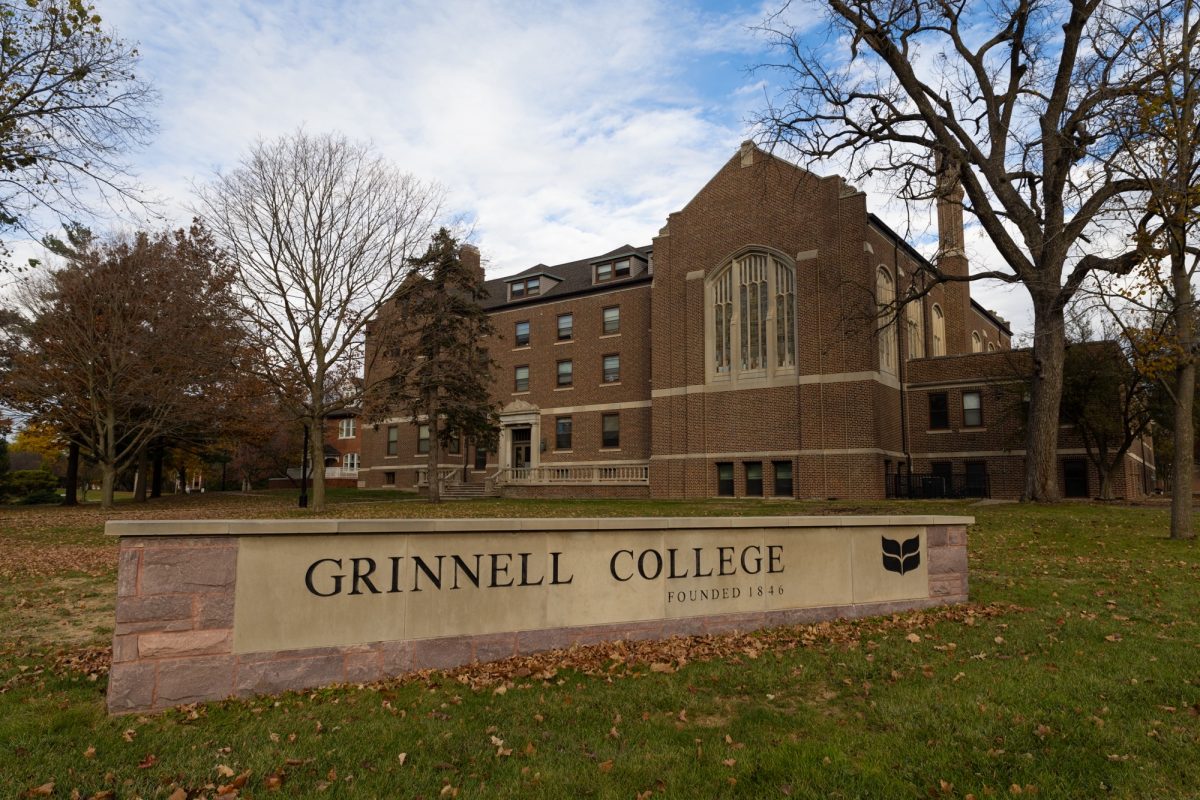Considering grinding’s popularity at school dance functions across the world, it’s surprising how little serious public discourse there has been about the subject. Though this silence is perhaps fitting, considering how little speaking goes on during the actual act of grinding. For those inclined to leave room for Jesus, grinding, freaking or simply dirty dancing is when an individual presses his or her buttocks against a dance partner’s pelvis and gyrates relentlessly, usually in a sexual manner.
Though grinding has fallen out of the spotlight recently—perhaps due to middle school principals giving up on the idea that twelve year olds will ever not want to take part in public, simulated sex—we think grinding deserves a second look. After all, many of us owe grinding a debt to some part of our sexual history. And really, who doesn’t like flaunting humanity’s most intimate act in its roughest, most raw form in a darkened gymnasium a few feet away from that dude in your Sociology class?
Despite being wildly popular in the states, grinding is not an American invention; its earliest roots being in the Latin American dance the “Labada”—or forbidden dance. The Labada involves two partners facing each other and yes, gyrating sensually. As user KHD so eloquently defines it on the website Urban Dictionary, “Imagine you have a pencil up your arse. Try to draw a figure 8 on the wall.”
But before grinding made its move on sexually depraved American teenagers, the dance evolved. The final step in grinding’s progression was made in the more refined Perreo dance, which has apparently taken off in Puerto Rico. For our monolingual readers, we’ll say “perro” is Spanish for “dog.” And Perreo… well, we think you can figure that one out on your own. The Perreo stipulates that partners keep eye contact at a minimum, with one participant placing his or her behind up against their cohort’s crotch. With this innovation, grinding came into its most current form.
From its inception, grinding (or originally freak dancing) has terrified old people. The act, designed to simulate sex, often in a public manner, angered school principals across the country, leading many of them to impose regulations on what moves students could and couldn’t do at school dances. Fox News anchor and typical conservative old guy Bill O’Reilly went as far as to claim that grinding was “not Elvis swiveling his hips … not Chubby Checker twisting like a madman.” He, like many others, thinks that grinding is like nothing that came before it. But we think grinding does bear a strong relationship to Elvis’ vigorously gyrating hips and their fifty year long journey towards popular recognition.
Grinding is Bill O’Reilly’s blue jeans and jellyroll hairstyles; the dance’s participants are essentially acting as the 50’s greasers of the new millennium. In fact, it is arguable that grinding has already found acceptance since its inception in the early 2000s. The gradual ascent of grinding has followed a familiar trend of rejection, tolerance, and eventual acceptance in society. This same tendency is illustrated in the societal reaction to girls in pants, rock n’ roll and Ugg boots. It’s called progress. That’s right, we think Uggs and grinding are progress. We are moving forward. Towards what? We really can’t be sure. All we know is that America is ready for a new, dirtier dance.
We found it.
It’s called daggering, and if you are faint of heart, it’s best to end here.
Daggering or daggeration, popular in the Caribbean, is incredibly rough sex that has now translated into incredibly rough dancing. However, Alex and I cannot wholly condone such mad moves. The dancing can sometimes be so rough that it is dangerous. The number of fractured penises worldwide tripled in 2009 due to this Jamaican fad. For fear of being overly explicit, we will not go into detail, but it’s grinding on crack. Caribbean crack. Try it at your own risk.
-Alex Claxton ’16 & Isabel Monaghan ’16



















































